Life Cycle of a Dog: 4 Stages of Canine Cuddles
Support your pup through every stage of life to ensure that they live a long and happy life. Read on to learn more about the life cycle of a dog!
DOG HEALTH
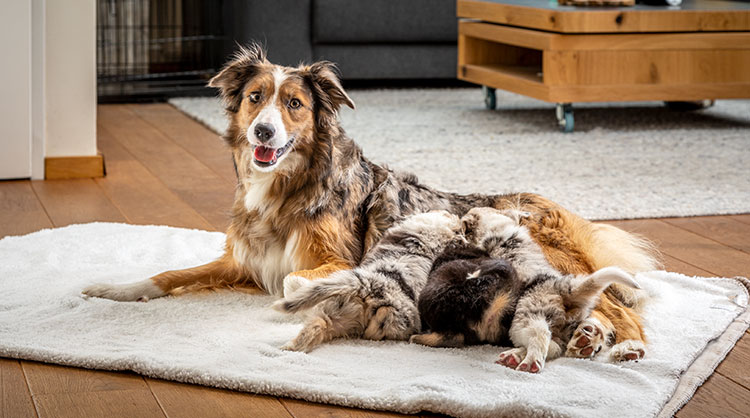
Posted by bravectosouthafrica – 06 February 2020
Keep your pup healthy by supporting them every step of their ageing process. Did you know that a puppy’s needs differ from a senior dog’s needs? Like humans, canine companions need exercise, balanced meals and routine doctor (veterinarian) visits to lead healthy lives. Ensuring that your beloved pet is fit throughout the life cycle of a dog is one of the most rewarding endeavours because it means that you’ll spend more happy years together!
Four stages make up your dog’s life. Read on to see what your pup needs every step of the way.
1. Puppyhood: Puppy Life Cycle from 0 – 18 Months
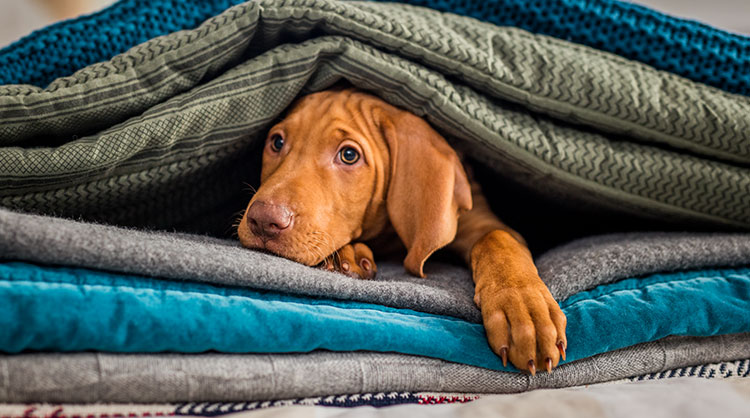
Soft, wrinkly-skinned mini dogs are in the puppy stage of their life cycle, up until they are 6 to 18 months old. To give them the best start at life, puppies should be nursing from their mothers for at least four weeks before transitioning to eating solid food.
Not only do new-borns benefit from drinking their mother’s nutritious milk, but her body heat also helps to regulate the little ones’ temperature – keeping them warm and alive. Dogs strengthen their immunity during their first few months of life. When a pup is eight weeks old, he is strong enough to leave his mother and join a human family.
As a pet owner, it’s imperative to give your dogs the best start by ensuring they get the nutrition they sorely need and socialising them early on. However, playing with other animals come with risk. Ensure that your littlest one is protected from fleas, ticks and mites with pest prevention treatments like Bravecto®.
Book a vet appointment to make sure your pup’s mental and physical development is on track. It is also important to make sure that your pup is vaccinated against the most common doggy diseases before you get down to socialising your pup. Speak to your vet about the vaccination program that suits your puppy’s needs.
If you’re a new pet owner, have a look at our helpful puppy tips!
2. Adolescence: 6 Months to up to 3 Years
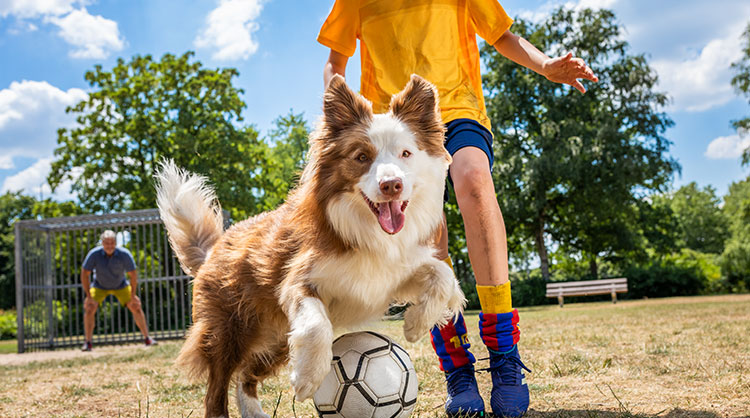
Your dog’s teenager years start anywhere from 6 to 18 months in his life cycle and can last for up to three years. Smaller breeds generally develop quicker than larger breeds, which means their adolescent stage is bound to start sooner. After their initial few weeks on earth, you can begin with obedience training as their mental capabilities increase as they grow.
Awkward, clumsy and uncoordinated movements are commonplace as a teenager pup tests their limits and abilities. Their gracelessness may look absurd and warrant a giggle or two, but it’s a perfectly normal part of their development. Play and run with your pup to encourage them to improve their coordination and muscle tone.
During the adolescent stage, your pup will still need core vaccinations and sterilisation to set them up for a healthy life later on. Vaccinations protect dogs against severe disease like distemper, canine hepatitis, parvovirus, kennel cough and rabies. Ask your vet which vaccines your pet needs.
3. Adulthood: 1- 6 Years
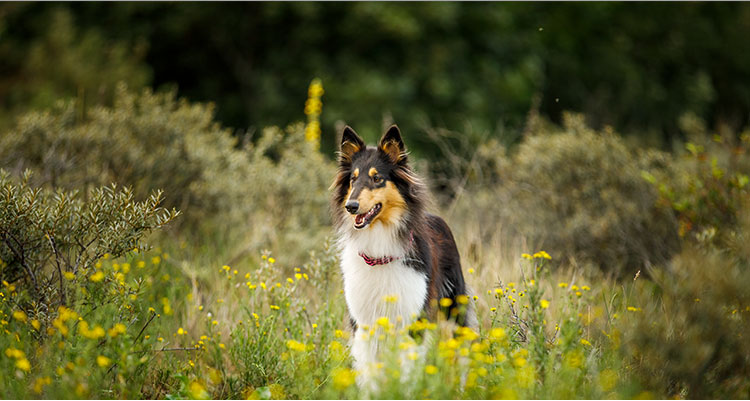
A pup reaches adulthood after 1 to 3 years. When your dog reaches maturity depends on its breed. Small dogs physically mature sooner than medium to larger doggos. You can calculate your pet’s age by using this helpful dog age calculator. Once your pet reaches the typical height and size of its breed, they are officially an adult.
Take your pet to routine screenings a few times a year and stay up to date with their routine booster vaccines; these occur annually or three-yearly. Since your pet’s development reaches a plateau, they will burn less energy than before. That’s why pet exercise and playtime is critical. Without sufficient play, pets may become bored, depressed or gain weight. Keep their spirits high with frequent energy-burning play sessions.
As they have more free reign, they’ll encounter more dangers. For this reason, it’s vital that they have successfully completed obedience training, and for them to have protection against big threats – even if they come in tiny packages. Prevent flea, tick and mite infestations with pest preventive treatment like Bravecto®.
4. Seniority: From 6 – 10+ Years
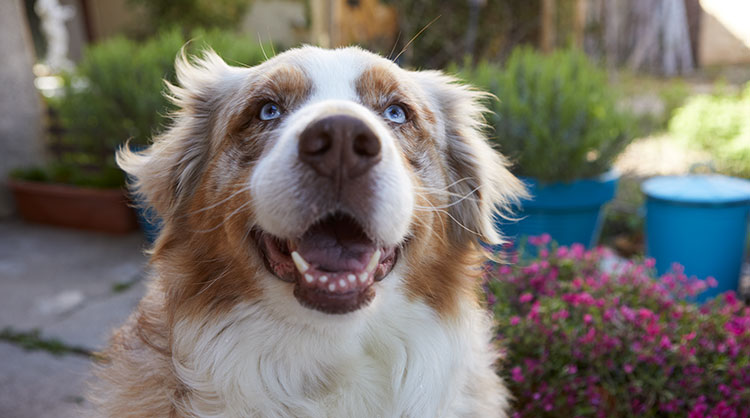
The final stage of the life cycle of a dog is seniority. A dog reaches old age from between 6 to 10 years old. Senior pups are as susceptible to deterioration as other mammals. Sadly, as a dog ages their health concerns increase. It’s essential that you, their owner and caretaker, know what could go wrong.
While your pup is still young, research the common health problems associated with their dog breed. So, if your pet is ill, you can spot the signs and symptoms early on and curb any complications. Joint issues, exhaustion, and a feeble immune system are common to all ageing dogs. If you implement a good routine – healthy meals and frequent exercise – from a young age, your pet is more likely to spend their final years problem-free.
As with the other life stages, visit the vet habitually to catch any issues and treat them to give your dog the best quality of life.
Wherever your dog is in his life cycle, he deserves all the care you have to give. Visit the vet, stay up to date with vaccinations, provide regular exercise and ensure that they are pest-free – for good!
Subscribe to our Newsletter
Get to know your furry friend better! Sign up for all things dog- or cat-related.
The Hairy Facts about the dreaded hairball
12 April 2021
Help! My dog’s barking mad! Volume 2
12 April 2021
Your Itchy, Scratchy Cat – All About Cat Skin Problems
12 April 2021
The Dog’s Diet: A Bone of contention?
01 April 2021
Mango Fly Worms: How to Spot and Eliminate them
Posted on November 28,2019
Managing Mange And Mites In Your Dog
Posted on June 11,2018
Why Do Cats Purr and How? Learn What Your Cat Is Saying
Posted on October 14,2020
How to Get Rid of Ear Mites in Dogs
Posted on November 06,2019









